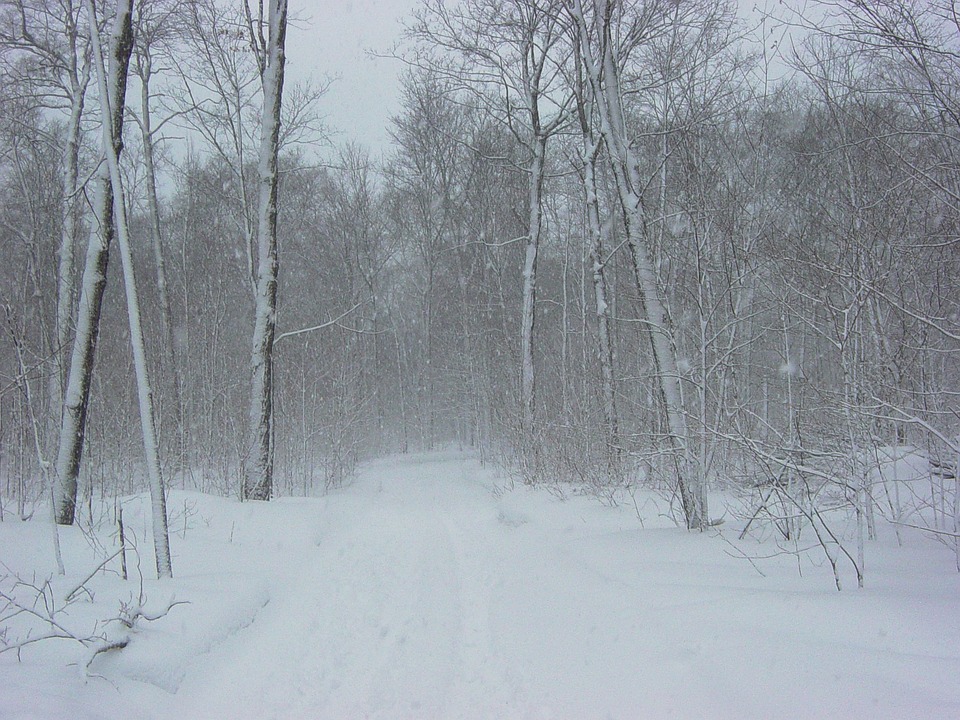What Are the Five Major Parts of the Climate System?
The climate system is a complex interplay of various components that significantly influence Earth’s weather, temperatures, and long-term environmental patterns. Understanding these five interconnected parts is crucial for predicting and addressing climate change effectively.
1. Atmosphere
– Definition: The atmosphere is the layer of gases surrounding Earth, primarily composed of nitrogen (78.1%) and oxygen (20.9%), along with trace gases such as carbon dioxide and methane.
– Role in Climate: It regulates Earth’s temperature through the greenhouse effect, distributing heat and moisture globally. This layer is vital for weather formation and climate regulation.
– Key Processes: The atmosphere is responsible for weather patterns, precipitation, cloud formation, and interactions with solar radiation. It acts as a protective shield, absorbing harmful solar radiation while allowing essential light to reach the surface.
2. Hydrosphere
– Definition: The hydrosphere encompasses all of Earth’s water, including oceans, lakes, rivers, and groundwater.
– Role in Climate: It plays a critical role in storing and redistributing heat, thereby influencing temperature and climate patterns. The oceans are particularly important for regulating climate through currents.
– Key Processes: Processes such as evaporation, precipitation, and ocean circulation are fundamental. For instance, ocean currents like the Gulf Stream significantly affect regional climates by transporting warm water across vast distances.
3. Cryosphere
– Definition: The cryosphere includes all frozen water on Earth, such as glaciers, ice caps, sea ice, and permafrost.
– Role in Climate: It reflects solar radiation (known as the albedo effect), which helps regulate global temperatures. The cryosphere also plays a crucial role in sea level regulation.
– Key Processes: Melting and freezing cycles contribute to seasonal variations in climate. Changes in the cryosphere can lead to significant impacts on global temperatures and sea levels due to its vast storage of freshwater.
4. Lithosphere
– Definition: The lithosphere refers to Earth’s solid outer layer, comprising the crust and upper mantle along with various landforms like mountains and valleys.
– Role in Climate: It influences local climates through topography, volcanic activity, and land-sea distribution. The lithosphere also serves as a reservoir for carbon storage.
– Key Processes: Carbon storage in soils and rocks affects atmospheric CO2 levels. Additionally, volcanic eruptions can release gases that impact climate conditions temporarily.
5. Biosphere
– Definition: The biosphere encompasses all living organisms on Earth, including plants, animals, and microorganisms.
– Role in Climate: It regulates atmospheric gases through processes like photosynthesis and respiration while influencing energy and water cycles.
– Key Processes: Key functions include carbon sequestration (the capture of atmospheric CO2 by plants) and transpiration (the release of water vapor from plants), both of which play significant roles in climate regulation.
Interactions Among the Five Parts
The atmosphere, hydrosphere, cryosphere, lithosphere, and biosphere are intricately interconnected. Changes in one component can lead to feedback loops affecting others:
– For instance, melting polar ice (cryosphere) contributes to rising sea levels (hydrosphere), which can alter coastal climates (atmosphere) while also impacting terrestrial ecosystems (biosphere).
Understanding these interactions is essential for grasping how climate systems function as a whole and for developing effective strategies to mitigate climate change impacts.
FAQs
– How does the biosphere affect the climate?
The biosphere influences atmospheric composition through processes like photosynthesis, which absorbs CO2 and releases oxygen.
– What role does the hydrosphere play in regulating temperatures?
The hydrosphere moderates temperatures by absorbing heat from solar radiation and redistributing it through ocean currents.
– How does the cryosphere impact sea levels?
Melting ice from glaciers and ice caps contributes to rising sea levels, affecting coastal ecosystems and human settlements.
– Why is the lithosphere important in the climate system?
The lithosphere stores carbon in soils and rocks while influencing weather patterns through its topography.
– What happens if one part of the climate system changes?
Changes in one component can trigger feedback loops that affect other parts of the system, potentially leading to significant climatic shifts or extreme weather events.
Conclusion
The five major parts of the climate system—atmosphere, hydrosphere, cryosphere, lithosphere, and biosphere—are integral to maintaining Earth’s climate balance. A comprehensive understanding of these components is vital for effective climate change mitigation and adaptation strategies.

Kyle Whyte is a notable scholar and professor at the University of Michigan, holding positions such as the George Willis Pack Professor in the School for Environment and Sustainability and Professor of Philosophy. Specializing in environmental justice, his work critically examines climate policy and Indigenous peoples’ ethics, emphasizing the nexus between cooperative scientific endeavors and Indigenous justice. As an enrolled Citizen Potawatomi Nation member, he brings a vital perspective to his roles as a U.S. Science Envoy and member of the White House Environmental Justice Advisory Council. His influential research is supported by various prestigious organizations including the National Science Foundation, and disseminated through publications in high-impact journals. Kyle actively contributes to global Indigenous research methodologies and education, with affiliations to numerous institutes and societies dedicated to traditional knowledge and sustainability. Recognized for his academic and community engagement, Kyle has earned multiple awards and served in various visiting professorships. His efforts extend to leadership positions on boards and committees focused on environmental justice nationwide.
